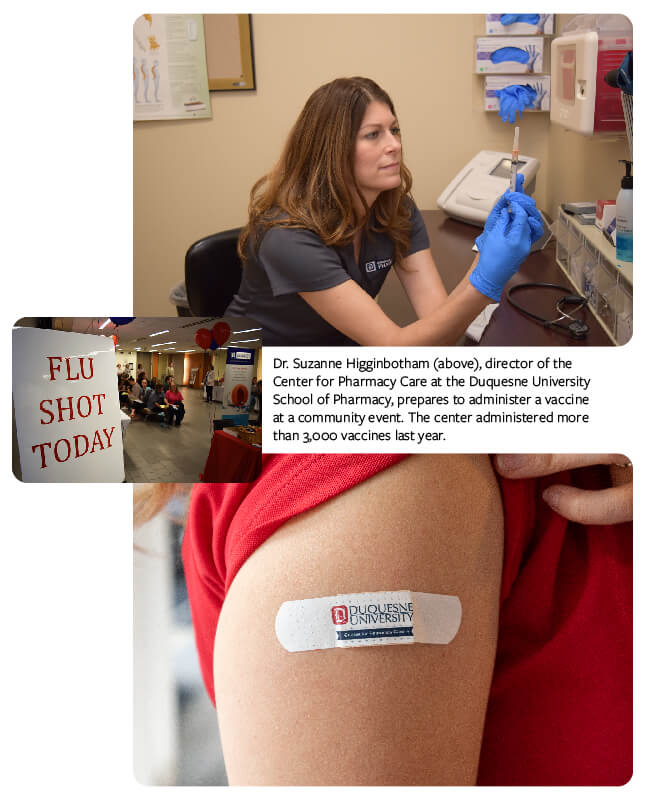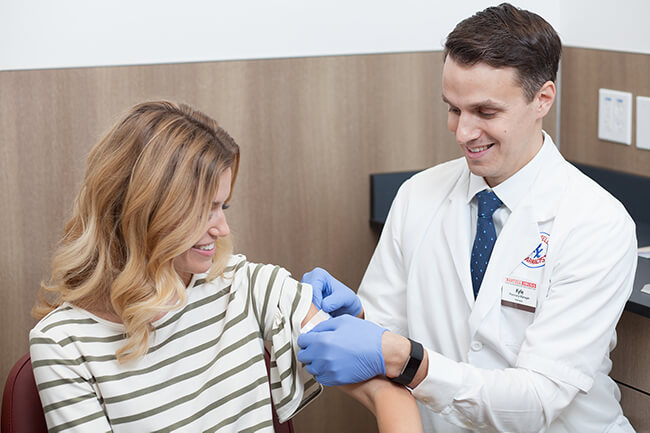Pharmacists are well positioned to offer a variety of immunizations and help achieve higher vaccination rates across the country.
By Jane E. Rooney
The recent measles outbreak across the United States prompted a nearly unanimous plea from providers including doctors, nurses and pharmacists, as they urged the public to get up to date on the MMR vaccine. Despite skepticism from some portions of the population, healthcare professionals remained firm in delivering the message that immunizations are safe and, most importantly, save lives.
According to the U.S. Department of Health and Human Services, vaccines are among the most cost-effective clinical preventive services. Not only does following a routine immunization schedule reduce healthcare costs, it also helps prevent transmission of communicable diseases. The Centers for Disease Control and Prevention (CDC) reported that in 2018, an estimated 80,000 Americans died from flu and its complications. For the 2017-18 flu season, only 37 percent of the U.S. population age 18 and older received the vaccine. Despite all the known benefits about how immunizations can protect health, adult vaccination rates fail to meet public health goals. Approximately 42,000 adults and 300 children in the United States die each year from vaccine-preventable diseases (not taking into account the aforementioned measles resurgence).
The CDC conducts a National Health Interview Survey for information on vaccination coverage for U.S. adults 19 years and older. Data from the 2016 survey indicate that many adults did not receive recommended vaccinations but that recommendation from a healthcare provider as well as incorporating assessment into routine clinical care can improve immunization rates.
A study authored by Dr. William Prescott Jr., clinical professor at the University of Buffalo School of Pharmacy and Pharmaceutical Sciences, examining immunization education in U.S. pharmacy schools revealed that the vast majority offer some type of immunization certificate training program. He concluded that “the number of colleges and schools that integrate immunization-based content into their required curriculum has increased considerably during the past decade, coinciding with a notable increase in pharmacist involvement in vaccination services nationwide.”




